How a Gutting Loss Helped Nicholas Latifi
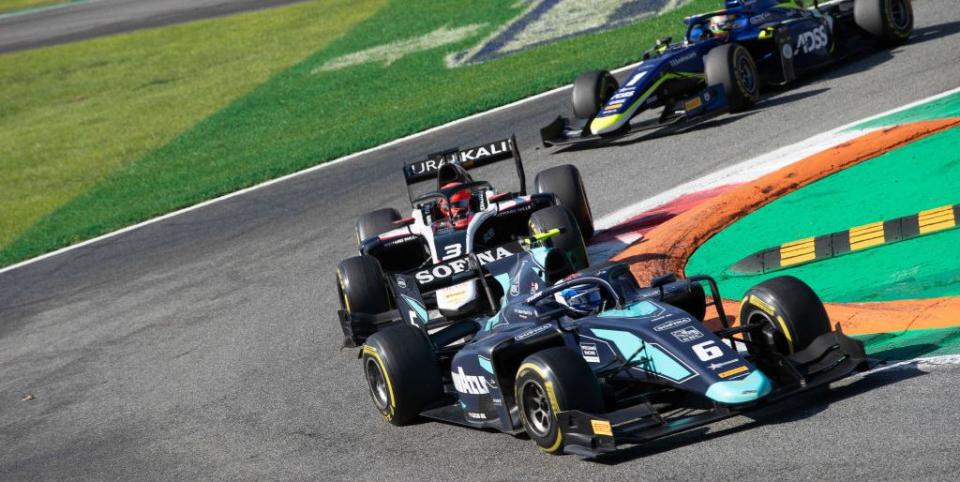
Nicholas Latifi didn’t need a great race. He just needed a good one.
When Latifi arrived at Italy’s famed Monza circuit in 2019, there were three rounds left in the Formula 2 Championship. He sat second in the standings, trailing title leader Nyck de Vries by 34 points.
“There were mathematically still a few other people in contention, but it was more me and him at that point,” Latifi told Road & Track. “So I was like: ‘Okay, I just need a clean race. I don’t have to win; just score some good points and start to chip into that gap.’”
That’s not what happened. Latifi got a tire puncture while racing alongside another future F1 driver, Zhou Guanyu, dousing his chances in the race and the championship. De Vries clinched the title at the next round.
But what Latifi remembers most isn’t his defeat. It’s how he reacted.
Welcome to Split Second, where we ask racers to recall a split-second moment that's seared into their brain—the perfect pass, the slow-motion movie of their own worst crash, the near miss that scared them straight, or anything else—and what gives the memory staying power. In this edition, we spoke to Williams F1 driver Nicholas Latifi, who recalled a time he lost all hope in a race.
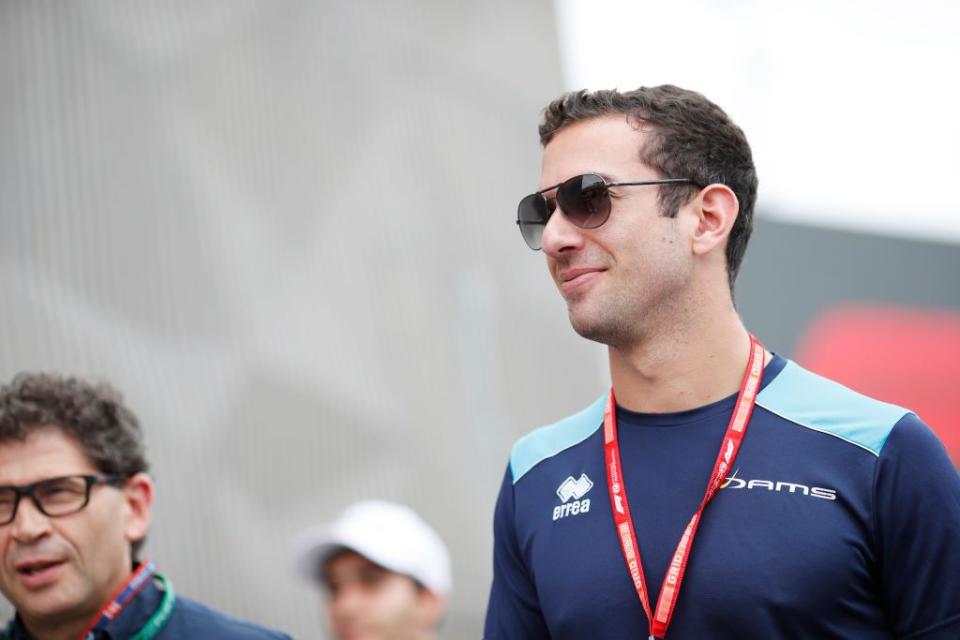
Latifi went into Monza with 166 championship points to de Vries’ 200. He still had every hope of catching up: F2 drivers receive 25 points for winning feature races and 10 for shorter “sprint” races, and points count down from there. (In feature races, the top 10 drivers score points. In sprints, it’s the top eight.)
Latifi had to consistently finish a few spots ahead of de Vries to catch up. In Monza, it looked like he might.
“He had gotten disqualified in qualifying,” Latifi said. “I think they didn’t have enough fuel or something like that, so that was a chance for me to close the gap.”
By lap 13, de Vries climbed to 11th place. Latifi was in ninth, gaining on Zhou for eighth.
“We were fighting into turn three at Monza, which is basically the second chicane,” Latifi said. “An incident that happens quite often is if you’re going side by side into the corner, the driver on the inside tends to squeeze the other driver out and not give them room. He did that to me.”
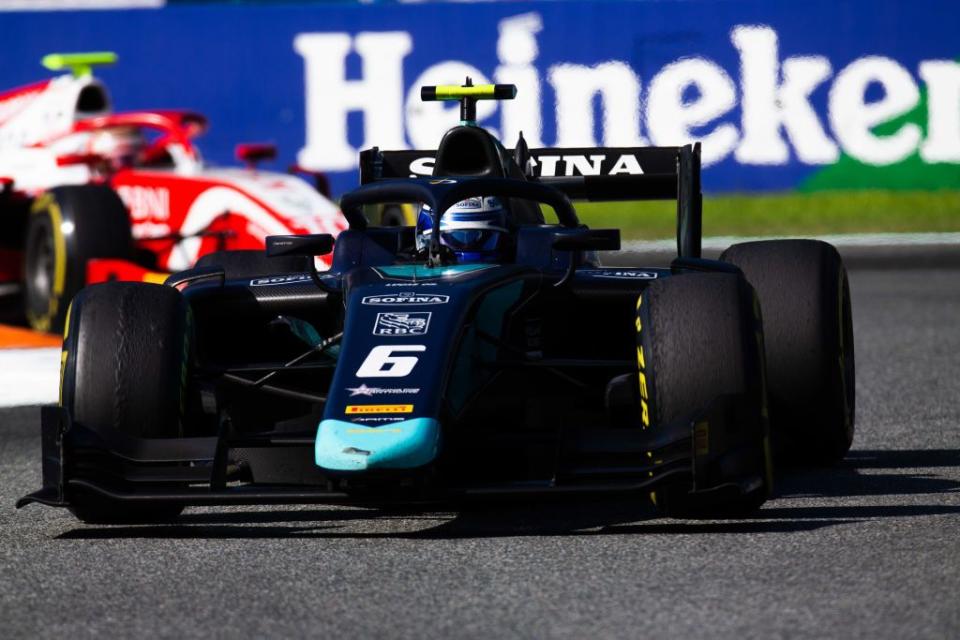
Monza’s third turn is a sharp kink, requiring quick left- and right-hand turns. As they approached it, Zhou’s right-rear wheel hit Latifi’s left-front.
“He defended into the corner,” Latifi said. “I wasn’t going to try and pass him around the outside, but when you go side by side, you try to force the other person into a mistake. He basically closed a bit too much toward me, and I didn’t have anywhere to go. If I moved any more to the other side, I was off the track.
“Right away, the tire goes flat. I had to come into the pits, but I had to crawl the whole way. If you drive back quickly, you damage the car.”
The commentators spoke in past tense as Latifi and Zhou slid off course, saying Latifi knew the race “was a huge opportunity.” But Latifi told R&T you have to trust the other driver in a situation like that, even if it doesn’t always work out.
“You always have to leave drivers a car width whenever you’re beside each other,” Latifi said. “That’s the same whether you’re attacking or defending.
“He just judged it wrong. He’s not the first driver to have judged it wrong in that corner, but if you didn’t try and do anything, then obviously, you would just never pass anybody.”
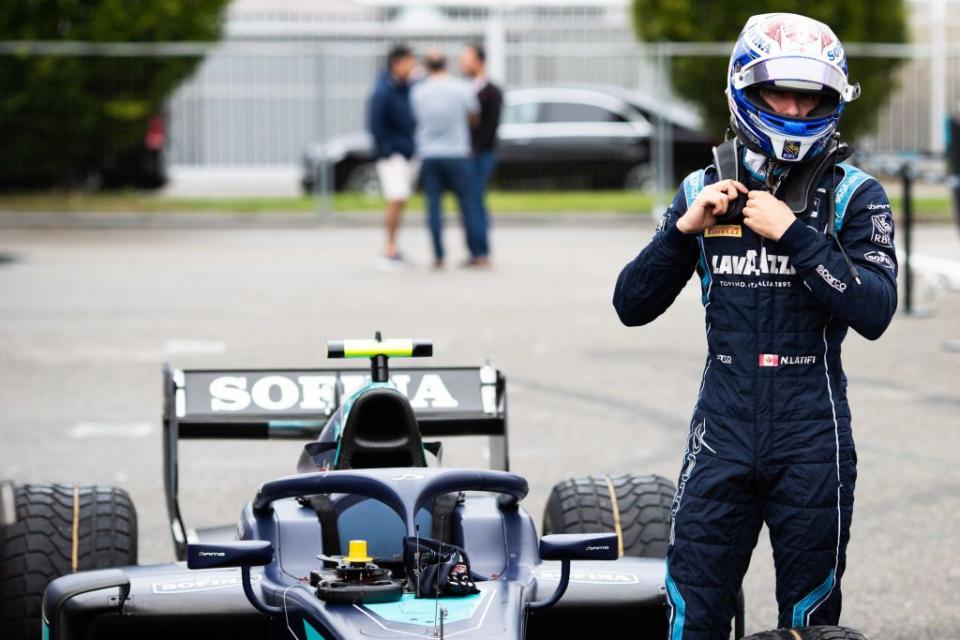
Punctures don’t always ruin a driver’s race. But that weekend’s allocation forced Latifi to use a softer compound tire; it degraded quicker and wasn't fit to run long distances.
“We only had one other set of the harder ones, which we had to save for the race the next day,” Latifi said. “So I had to do an extremely long stint on a very soft compound tire.”
Latifi spent the rest of the race “just circulating.” He needed to stay on track in order to have a better starting position the next day, but he wasn’t competitive anymore—in the race or the championship.
“Basically, I had to do a bunch of laps on the wrong tire until the end of the race,” Latifi said. “During those laps, I was moaning quite a lot on the radio. I had nothing to play for in that race, even with a safety car. It was some of the most depressing laps I’ve done.
“I remember how frustrated I was in the moment, and I almost made some silly mistakes [because of it]. It was just not a nice feeling.”
Latifi wasn’t upset at his team or himself. He was just upset.
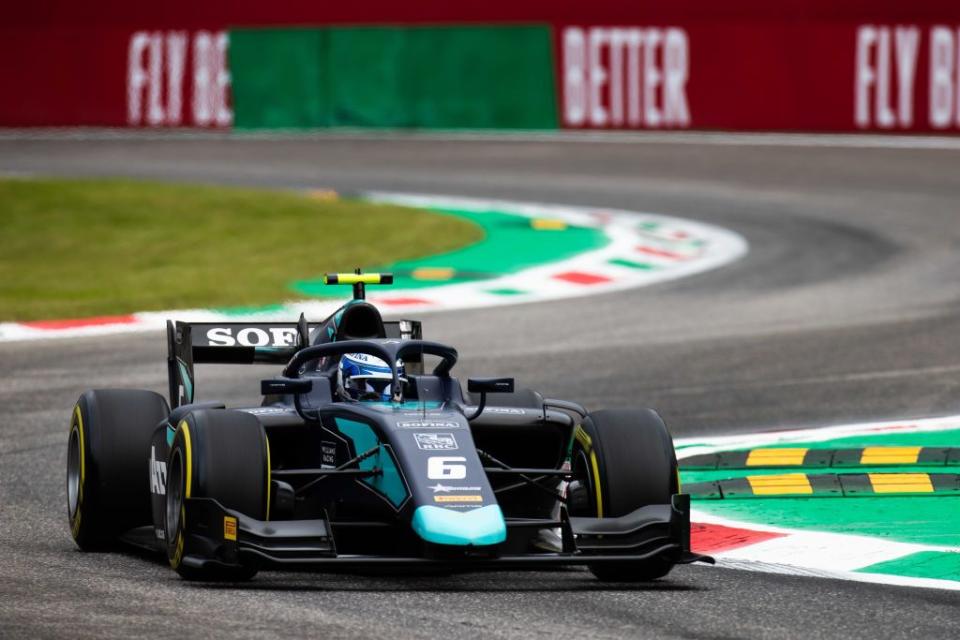
“It wasn’t necessarily anything I said on the radio, because there was nothing I said that was very out there—taboo, bad, or disrespectful,” Latifi said. “It was more just venting my frustrations.
“I don’t remember word for word, but I know the general theme of what I was saying: ‘Why are we still out here? There’s nothing to play for here. We’re just circulating here for no reason.’”
It was a “defeatist attitude,” Latifi said, and it impacted his team.
“I’d been working with my engineer at the time for four years,” Latifi said. “We had quite a good personal heart to heart—and not just him.
“I remember my team principal at the time said: ‘Yeah, it’s shit. All the hope was gone. But that’s not how we’ve been operating this whole season. You need to fight for the checkered flag, even when it’s shit. It might suck, but you need to keep pushing and give everything. You don’t know what could happen.’
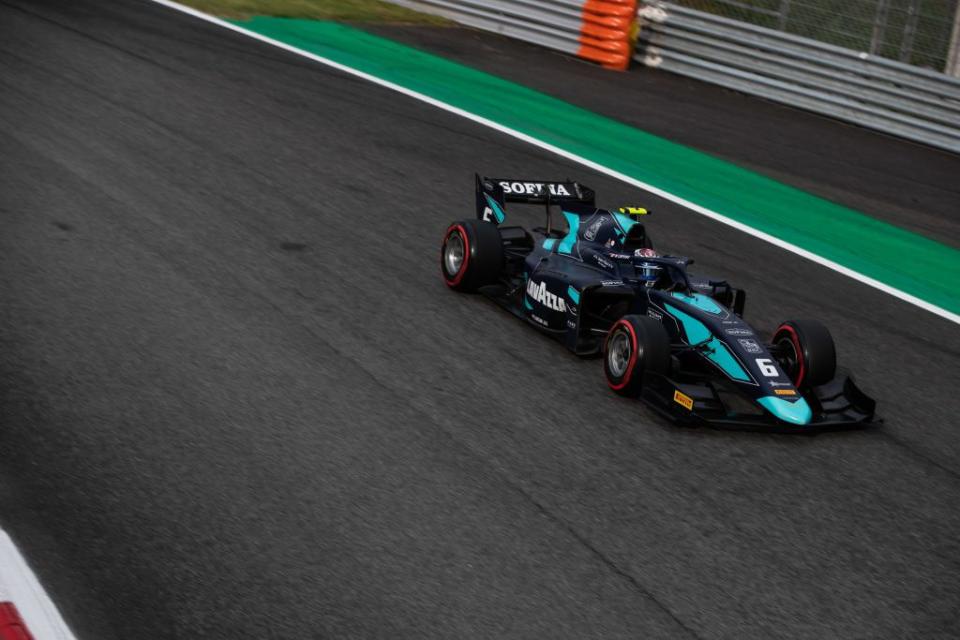
“Ultimately, nothing happened. But it was more the approach.”
Latifi moved up to Williams F1 in 2020, the year after he finished second to de Vries in F2. But the team’s spent much of its time at the back of the grid in recent years, where a common sight is the blue flag: a signal from officials that faster cars are trying to overtake you.
When things aren’t going well, Monza helps him cope.
“I remember my first year in F1, in Budapest, I ended up getting a puncture and immediately went a lap down,” Latifi said. “You start getting into the blue-flag cycle right away. I think I ended up being lapped four or five times, which, again, was not my fault. We were driving a very slow car, and it was very damaged too. I was just circulating, and in reality, there was probably no point in staying out there.
“I remember I messaged my F2 engineer at the end of that race, and I was like: ‘That was a tough race, but I just thought back to that moment in Monza and that talk we had, and it got me through it.’”
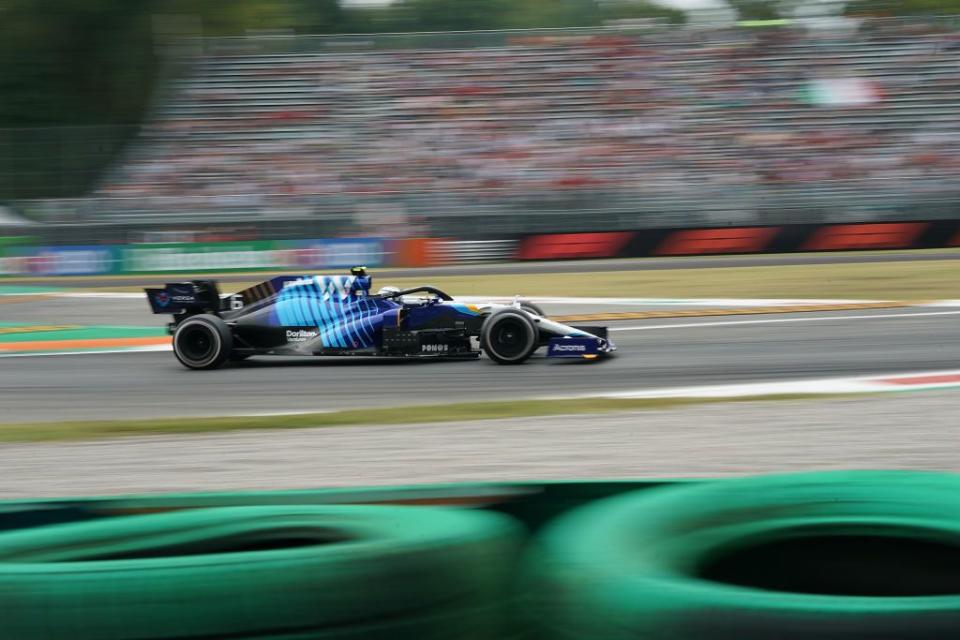
Latifi said Monza brought him so low that “now, everything is not as bad as that.” It also taught him a life lesson.
“Even when it’s completely shit, you stick it out,” he said. “It might end completely shit, but that’s part of the job.”
You Might Also Like

 Yahoo Autos
Yahoo Autos 